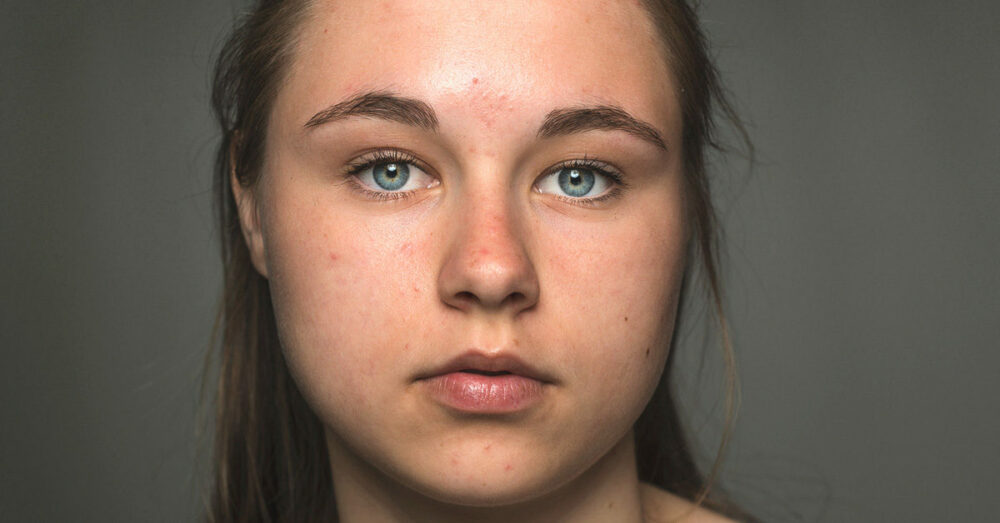Are you suffering from frequent pimples or facial rashes and are at the point of getting frustrated?
So often, we are all so quick to self-diagnose with a disease that’s more familiar to us.

But what happens when in actual fact, you self-diagnose and start self-treatment with OTC (over-the-counter) drugs for the wrong skin problem? The treatment won’t work, and in some rare cases, you may even have an allergic response to the medication. So how do you tell if you are suffering from rosacea, acne, or something else?
What is Rosacea?
Pronounced as roe-ZAY-she-uh, this is a common, persistent skin disease commonly characterized by sunburn-like redness. It sometimes appears as visible facial blood vessels or red, small, pus-filled pimples. These symptoms may be visible for weeks, sometimes months, and then fade, but they eventually become permanent.
This skin condition is at times confused with natural ruddiness, acne, or other skin conditions. It is common with middle-aged, light-skin women though it can affect anyone. If you have a family history of this skin problem, then you are more prone to have it too. Other factors that put you at a higher risk are smoking or being above 30 years of age. While it has no cure, there are treatments that can reduce the flare-ups.
Types of Rosacea and Their Symptoms.
There are four kinds of rosacea, and many patients have symptoms from more than one. These are:
Phymatous.
This type is rare and commonly affects men more than it does women, causing thickening and scarring of the skin, appearing as bumpiness, swelling, or discoloration. It is treatable and affects the nose primarily, resulting in rhinophyma or a bulbous nose.
Erythematotelangiectatic.
This type causes enlargement of blood vessels, making them visible on the surface of the skin, and mainly occurs as facial redness. While the flare-ups tend to disappear, if ignored and left untreated, they may become permanent and increase the area of coverage.
Ocular.
This type is usually more common than most people anticipate. It affects the eyes, making them look either bloodshot or watery. In addition, you may experience irritation, sensitivity, dryness, or a burning sensation in your eyes. In some cases, cysts may occur on the eyelids.
Papulopustular.
This type is most commonly wrongly diagnosed. It tends to appear as white, pus-filled pustules and swollen, red bumps appearing on the forehead, cheeks, and chin. In some cases, there will be more flushing with facial redness. Appearances may sometimes occur on the chest, neck, or scalp.
Common Causes.
The main cause of rosacea is still unknown though it is thought to be a combination of hereditary genetics and several environmental factors. The condition is not a result of poor hygiene practices, this is a common misconception.
Several factors increase the chances of flare-ups occurring. These include:
- Medications that dilate blood vessels.
- Beverages with alcoholic content, especially red wine and hard liquor.
- Some dairy products, including milk, cheese, or yogurt.
- Spicy foods, including vinegar, peppers, and sauces.
- Foods that contain histamines, including legumes, tomatoes, chocolate, nuts, and citrus fruits.
- Some hairsprays.
- Various skin care products.
- Stress or emotional instability.
- Heat or extreme temperature variations.
- Extreme exercising.
- Hot beverages, for instance, hot cider, tea, hot chocolate, or coffee.
Final Thoughts.
Keep in mind that your daily routines and frequent habits are major contributing factors to triggering your symptoms. Therefore, it is crucial to understand how each one affects you to avoid flare-ups. You can practice keeping a food diary and how your skin reacts to better identify your triggers. For the best management practices, it is advisable to visit a dermatologist to receive the correct diagnosis and get prescribed the appropriate treatment.